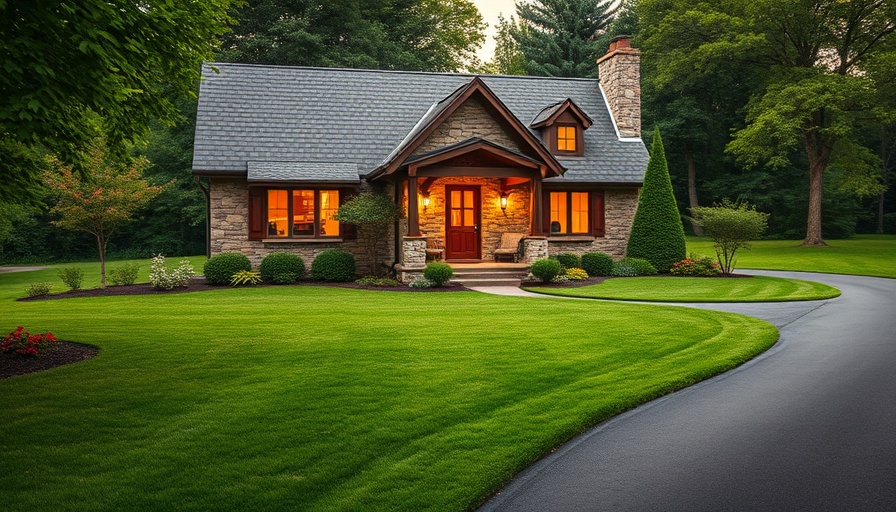
Transform Your Yard with Low Maintenance Landscaping
Maintaining a beautiful garden shouldn't come at the cost of sacrificing your weekends. With thoughtful planning and the right choices, homeowners can achieve a stunning outdoor space that requires minimal upkeep. This article examines a few essential low maintenance landscaping strategies and their long-term benefits, ensuring your yard remains lush and inviting without the hassle.
1. Embrace the Power of Native Plants
Choosing native plants is one of the most effective ways to create a thriving garden with little maintenance involved. These plants are adapted to local climates and soil, which allows them to flourish with minimal care.
Byron Martinez from Pyramid Lawn & Tree Services emphasizes, "Native species require less water, fertilizer, and upkeep, while also supporting local wildlife." This aligns with principles shared by the University of Maryland Extension, suggesting a diverse array of native plants can enhance your landscape's resilience to environmental changes.
For homeowners looking for visual variety, consider incorporating native plants that exhibit seasonal changes, like Hydrangeas and Sweetspire, providing vibrant colors and textures year-round.
2. Smart Irrigation Solutions for Effortless Hydration
Keeping your garden hydrated can often feel like a chore, but it doesn't have to be. Automating your watering systems with smart technology not only conserves water but also ensures that your plants receive the appropriate amounts they need.
As Shanna Greathouse suggests, a drip irrigation system is ideal for targeting the roots of plants and reducing water waste—allowing you to enjoy a flourishing landscape without frequent hassles.
3. Establish a Hardscape Foundation for Lasting Benefits
Integrating hardscaping into your landscape design not only establishes a sturdy base but also significantly reduces lawn maintenance. Elements such as paved pathways, retaining walls, or stone patios provide beautiful frameworks that enhance the aesthetics of your yard while minimizing the need for lawn care.
Hardscaping pairs well with native plantings, creating a balanced and visually appealing outdoor space that's functional and eco-friendly.
4. The Neighborly Benefits of Low Maintenance Landscapes
There’s more than personal gain to enjoy when opting for native plants and a low maintenance landscape. By choosing native landscaping, homeowners contribute to preserving local biodiversity, support pollinators, and provide habitats for native wildlife. This collective effort to protect local ecosystems is a growing trend, particularly in areas experiencing the effects of climate change.
5. Trends in Low Maintenance Landscaping
The increasing interest in low maintenance landscaping reflects a broader movement towards sustainable living among homeowners. More people are realizing that investing in native plants doesn't just benefit their yards but also their neighborhoods and local environments. With friendly regulations, like those in Maryland that support low-impact landscaping, communities can flourish while embracing eco-friendly practices.
Discover the Rewards of Low Maintenance Landscaping
In conclusion, transforming your property into a beautiful yet simplified oasis is attainable. From implementing hardy native plants and smart irrigation systems to bingeing on hardscaping, every strategy enhances the value of your home and the beauty of your surroundings. Embrace these practices to save time and resources while enjoying a vibrant and satisfying landscape.
Now that you have these insights, it's time to act! Bringing your dream landscape to life may be easier than you think. Explore local native plants, consider low-impact design ideas, and let the transformation begin.
 Add Row
Add Row  Add
Add 




Write A Comment